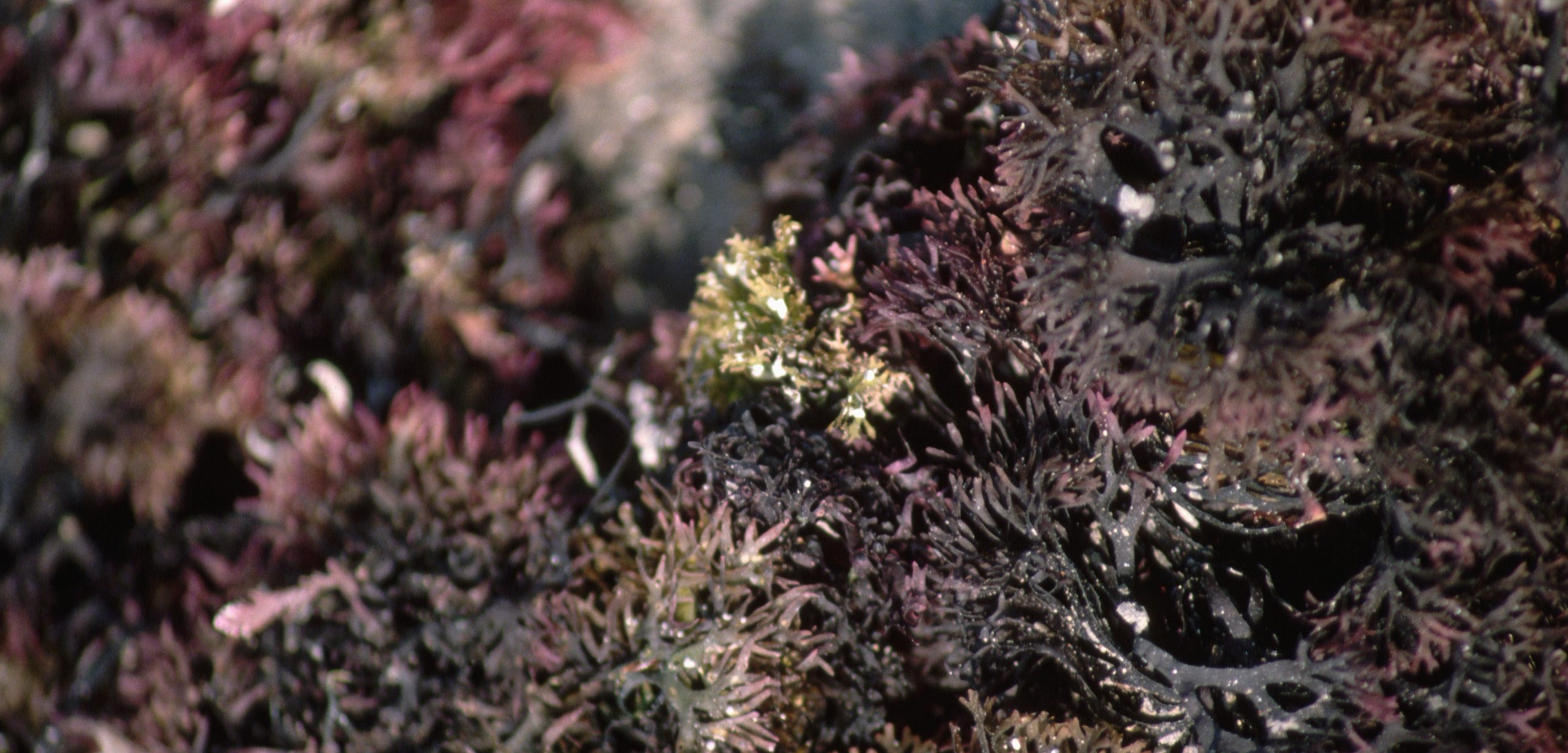Coming Soon: Sustainable Saint Lucian Sea Moss
A new training program on the Caribbean island aims to make sea moss farming better for the farmers and for the environment.
Article body copy
Lazarus Eugene, of Desruisseaux, Saint Lucia, has enjoyed a multifarious career: he spent 15 years selling first encyclopedias door to door, followed by porcelain tiles. He then turned to farming cocoa and yams, which he continues doing today. Alongside his work, Eugene has spent most of his life as a part-time pastor in the Pentecostal church. But whether he’s selling books, tiles, crops, or faith, his approach is much the same.
Eugene’s latest mission involves a product that many Saint Lucians are hoping will draw the attention of international markets to their small Caribbean nation. That product is sea moss, an edible seaweed also known as Irish moss.
The potential of Saint Lucian sea moss farming has yet to be fully realized, but a new training program currently underway may help change that. The Saint Lucia National Trust, a membership-based conservation organization, is coaching existing sea moss farmers like Eugene on the latest technologies and business practices of the trade through their National Vocational Qualification in Sustainable Seamoss Production program. The inaugural class graduated in February.
In Saint Lucia, sea moss is mainly used to flavor and thicken beverages, but farmers have been researching a wide range of applications, from beauty products to sweets. Eugene’s emphasis is on powdered sea moss, which he envisions being used much like protein powder. In the Caribbean, sea moss is considered an aphrodisiac. But it’s only been in the past five years or so that global demand for sea moss has begun to take off, with some raw foodists pointing to its high nutrient content and satiating qualities.
Sea moss cultivation has a relatively short history in Saint Lucia. The seaweed has been cultivated on the island since the 1970s, and a small-scale commercial industry developed in the 1980s. Yet its income-generating potential is important for Saint Lucia, whose population of around 170,000 relies on a few key economic sectors, chiefly: tourism, banana growing, and manufacturing.
One advantage of cultivating sea moss for Saint Lucian farmers, many of whom lack resources, is that the process doesn’t have to be technology-intensive. A farmer starting out needs little more than a rope, something to use as an anchor, and clean water—although the Saint Lucia National Trust has helped to further professionalize the trade by providing snorkel gear and wetsuits. Like Eugene, many sea moss farmers engage in multiple activities to make ends meet.
The program, which Eugene and other farmers helped design, is focused on empowering the farmers to compete in the international market—giving them the tools and techniques to grow and process sea moss, but also the business savvy to market and sell their crop. As explained by program officer Craig Henry, the training also focuses on standardizing hygiene practices in sea moss production, and turning the farmers’ attention to environmental sustainability.
Traditionally in Saint Lucia, sea moss is dried on sheets of plastic set on the ground. Being exposed, the sea moss can be contaminated by runoff, animals, or airborne substances. And, if not properly disposed of, the sheets can end up in the ocean. So, the program provides farmers with solar dryers and training in safe production techniques as a means of tackling the two issues at once.
Eugene says the environmental aspect is of particular importance to him. The pastor notes that in the book of Genesis, God calls on humans to take care of the environment and protect natural life. “Every good pastor should be an environmentalist as well,” says Eugene.
Eugene is keenly aware of the importance of environmental preservation, having seen how plastic pollution and other waste from inland communities makes it into the water. This is damaging to sea moss farming, which depends on clean water. He also points out the contributions farmed sea moss can make to biodiversity, as it provides a habitat to juvenile sea creatures.
Eugene is hopeful that international markets will soon see Saint Lucian sea moss produced under certified sustainable standards. He hopes to play a part in spreading that gospel.

